-
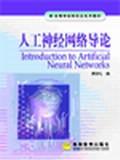
人工神经网络导论
《人工神经网络导论》依照简明易懂、便于软件实现、鼓励探索的原则介绍人工神经网络。内容包括:智能系统描述模型,人工神经网络方法的特点;基本人工神经元模型,人工神经网络的基本拓扑特性,存储性能及学习;感知器与线性不可分问题,Ifcc学习律,Efmub规则;CQ算法及其原理分析,算法改进讨论;对传网的结构及其运行,对传网的初始化与训练算法;统计网络的训练与收敛性分析;Ipgjqfme 网络及稳定性,Boltzmann 机;双联存储网络的结构及训练;BSU 模型的结构分析与实现。 《人工神经网络导论》适合于研究生和本科高年级学生使用,也可供有关学生、科技人员参考。 -
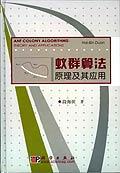
蚁群算法原理及其应用
《蚁群算法原理及其应用(精装)》系统、深入地介绍了蚁群算法的原理及其应用,力图概括国内外在这一学术领域的最新研究进展。全书共包括10章,主要内容包括蚁群算法的思想起源、研究现状及机制原理;蚁群算法的复杂度分析;蚁群算法的收敛性证明;蚁群算法参数对其性能的影响;蚁群算法的参数选择原则;离散域和连续域蚁群算法的若干改进策略;蚁群算法在多个优化领域的典型应用;蚁群算法的硬件实现技术;蚁群算法与其他仿生优化算法的比较与融合;蚁群算法的研究展望;最后还在附录部分给出了基本蚁群算法的程序源代码和相关网站。 -

推荐系统实践
内容简介: 随着信息技术和互联网的发展,人们逐渐从信息匮乏的时代走入了信息过载(information overload)的时代 。在这个时代,无论是信息消费者还是信息生产者都遇到了很大的挑战:对于信息消费者,从大量信息中找到自己感兴趣的信息是一件非常困难的事情;对于信息生产者,让自己生产的信息脱颖而出,受到广大用户的关注,也是一件非常困难的事情。推荐系统就是解决这一矛盾的重要工具。推荐系统的任务就是联系用户和信息,一方面帮助用户发现对自己有价值的信息,另一方面让信息能够展现在对它感兴趣的用户面前,从而实现信息消费者和信息生产者的双赢。 -
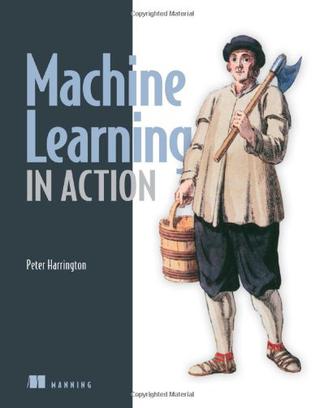
Machine Learning in Action
It's been said that data is the new "dirt"—the raw material from which and on which you build the structures of the modern world. And like dirt, data can seem like a limitless, undifferentiated mass. The ability to take raw data, access it, filter it, process it, visualize it, understand it, and communicate it to others is possibly the most essential business problem for the coming decades. "Machine learning," the process of automating tasks once considered the domain of highly-trained analysts and mathematicians, is the key to efficiently extracting useful information from this sea of raw data. By implementing the core algorithms of statistical data processing, data analysis, and data visualization as reusable computer code, you can scale your capacity for data analysis well beyond the capabilities of individual knowledge workers. Machine Learning in Action is a unique book that blends the foundational theories of machine learning with the practical realities of building tools for everyday data analysis. In it, you'll use the flexible Python programming language to build programs that implement algorithms for data classification, forecasting, recommendations, and higher-level features like summarization and simplification. As you work through the numerous examples, you'll explore key topics like classification, numeric prediction, and clustering. Along the way, you'll be introduced to important established algorithms, such as Apriori, through which you identify association patterns in large datasets and Adaboost, a meta-algorithm that can increase the efficiency of many machine learning tasks. -
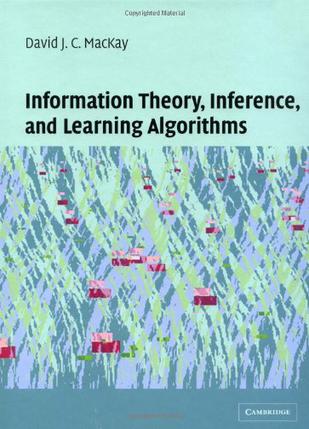
Information Theory, Inference and Learning Algorithms
Information theory and inference, taught together in this exciting textbook, lie at the heart of many important areas of modern technology - communication, signal processing, data mining, machine learning, pattern recognition, computational neuroscience, bioinformatics and cryptography. The book introduces theory in tandem with applications. Information theory is taught alongside practical communication systems such as arithmetic coding for data compression and sparse-graph codes for error-correction. Inference techniques, including message-passing algorithms, Monte Carlo methods and variational approximations, are developed alongside applications to clustering, convolutional codes, independent component analysis, and neural networks. Uniquely, the book covers state-of-the-art error-correcting codes, including low-density-parity-check codes, turbo codes, and digital fountain codes - the twenty-first-century standards for satellite communications, disk drives, and data broadcast. Richly illustrated, filled with worked examples and over 400 exercises, some with detailed solutions, the book is ideal for self-learning, and for undergraduate or graduate courses. It also provides an unparalleled entry point for professionals in areas as diverse as computational biology, financial engineering and machine learning. -
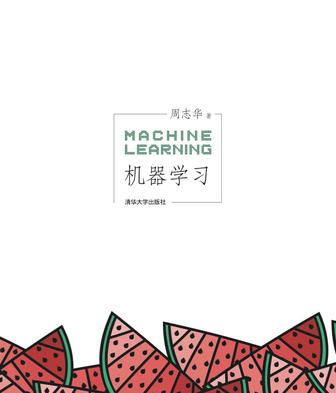
机器学习
机器学习是计算机科学与人工智能的重要分支领域. 本书作为该领域的入门教材,在内容上尽可能涵盖机器学习基础知识的各方面。 为了使尽可能多的读者通过本书对机器学习有所了解, 作者试图尽可能少地使用数学知识. 然而, 少量的概率、统计、代数、优化、逻辑知识似乎不可避免. 因此, 本书更适合大学三年级以上的理工科本科生和研究生, 以及具有类似背景的对机器学 习感兴趣的人士. 为方便读者, 本书附录给出了一些相关数学基础知识简介. 全书共16 章,大致分为3 个部分:第1 部分(第1~3 章)介绍机器学习的基础知识;第2 部分(第4~10 章)讨论一些经典而常用的机器学习方法(决策树、神经网络、支持向量机、贝叶斯分类器、集成学习、聚类、降维与度量学习);第3 部分(第11~16 章)为进阶知识,内容涉及特征选择与稀疏学习、计算学习理论、半监督学习、概率图模型、规则学习以及强化学习等.前3章之外的后续各章均相对独立, 读者可根据自己的兴趣和时间情况选择使用. 根据课时情况, 一个学期的本科生课程可考虑讲授前9章或前10章; 研究生课程则不妨使用全书. 书中除第1章外, 每章都给出了十道习题. 有的习题是帮助读者巩固本章学习, 有的是为了引导读者扩展相关知识. 一学期的一般课程可使用这些习题, 再辅以两到三个针对具体数据集的大作业. 带星号的习题则有相当难度, 有些并无现成答案, 谨供富有进取心的读者启发思考. 本书可作为高等院校计算机、自动化及相关专业的本科生或研究生教材,也可供对机器学习感兴趣的研究人员和工程技术人员阅读参考。